Features
- Red fluorescent probe suitable for multicolor imaging with GFP, etc.
- Sensitive detection of calcium ion.
- Improved intracellular distribution compared to that with CaTM-2 AM enables more accurate visualization of intracellular calcium concentration changes.
We are grateful to Dr. Kenjiro Hanaoka (Graduate School of Pharmaceutical Sciences, University of Tokyo) with his support and advice for the commercialization of this product.
Available through Merck KGaA (Darmstadt, Germany ) as:
SCT021 BioTracker™ 609 Red Ca2+ AM Dye
![]()


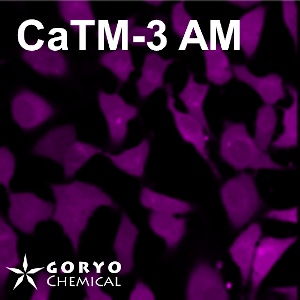


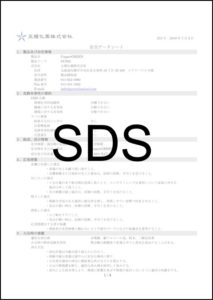
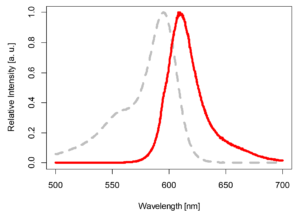
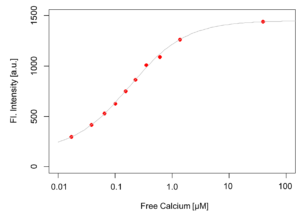

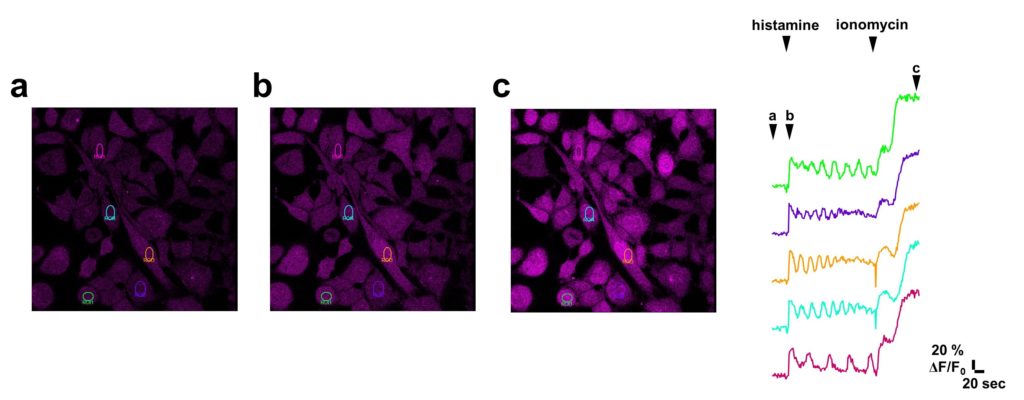
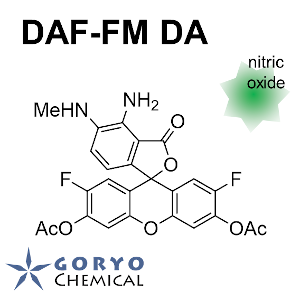
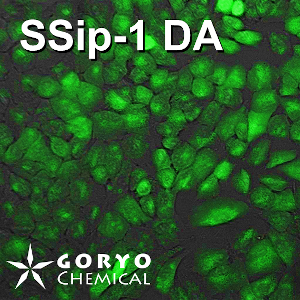
 Contact Us
Contact Us
